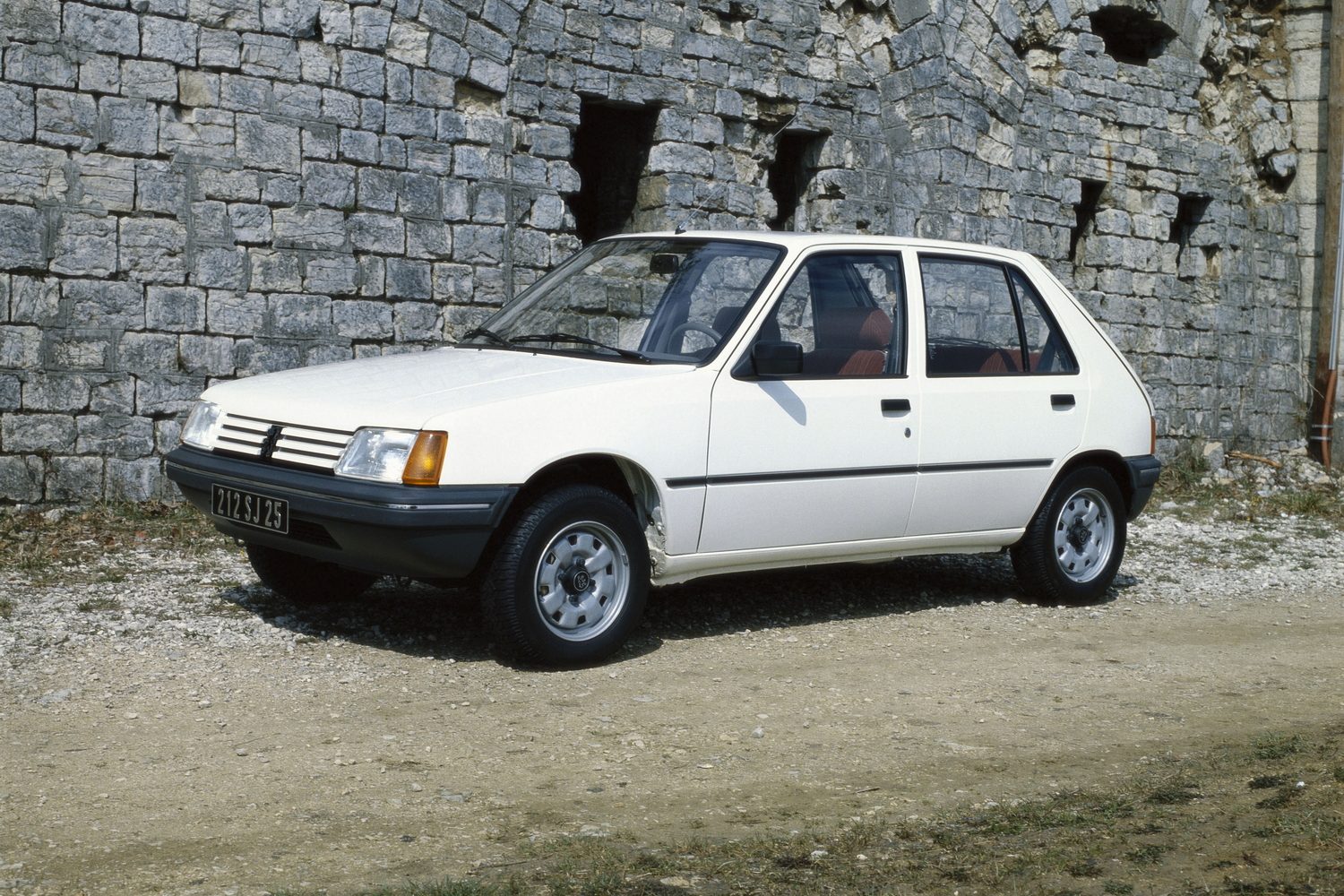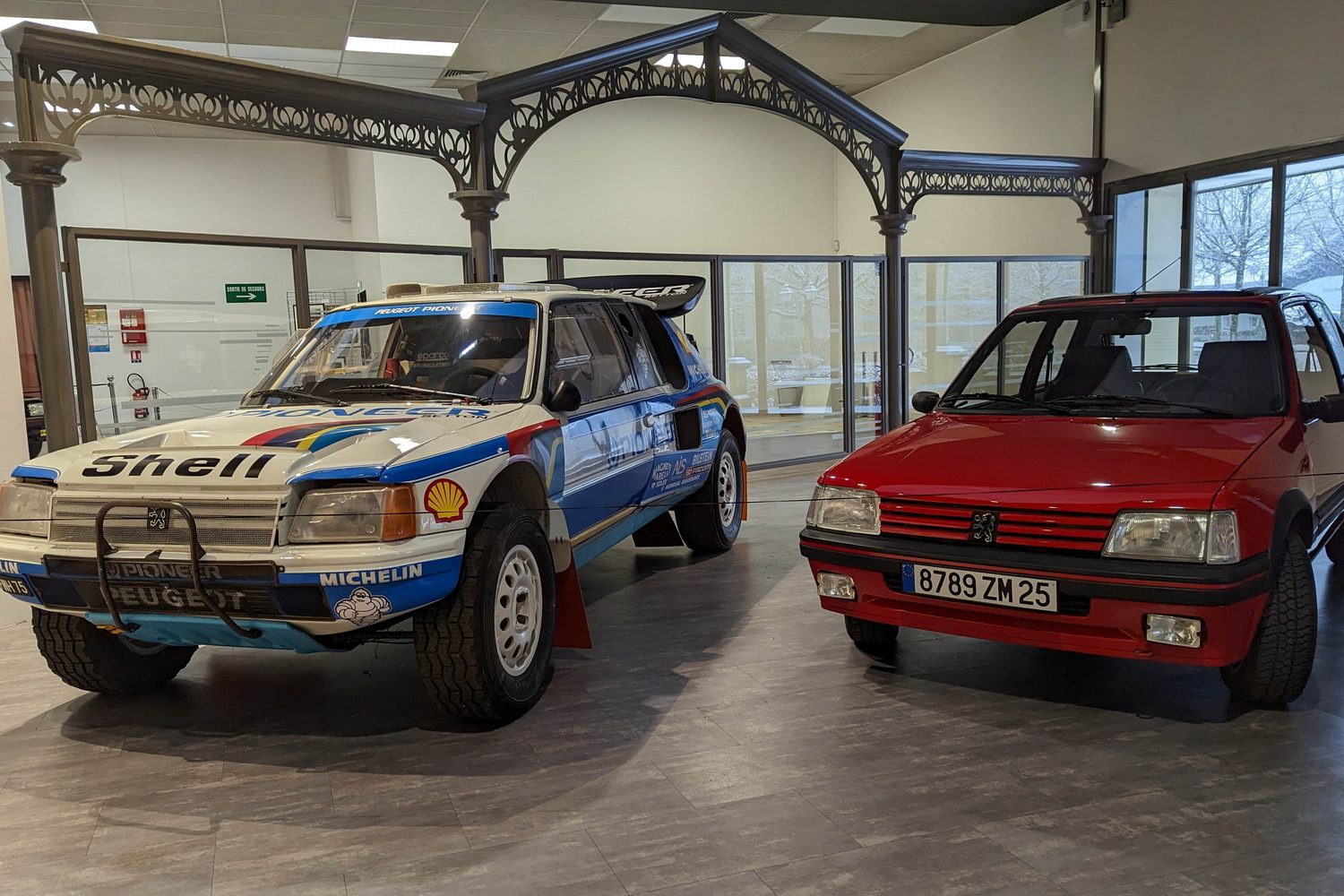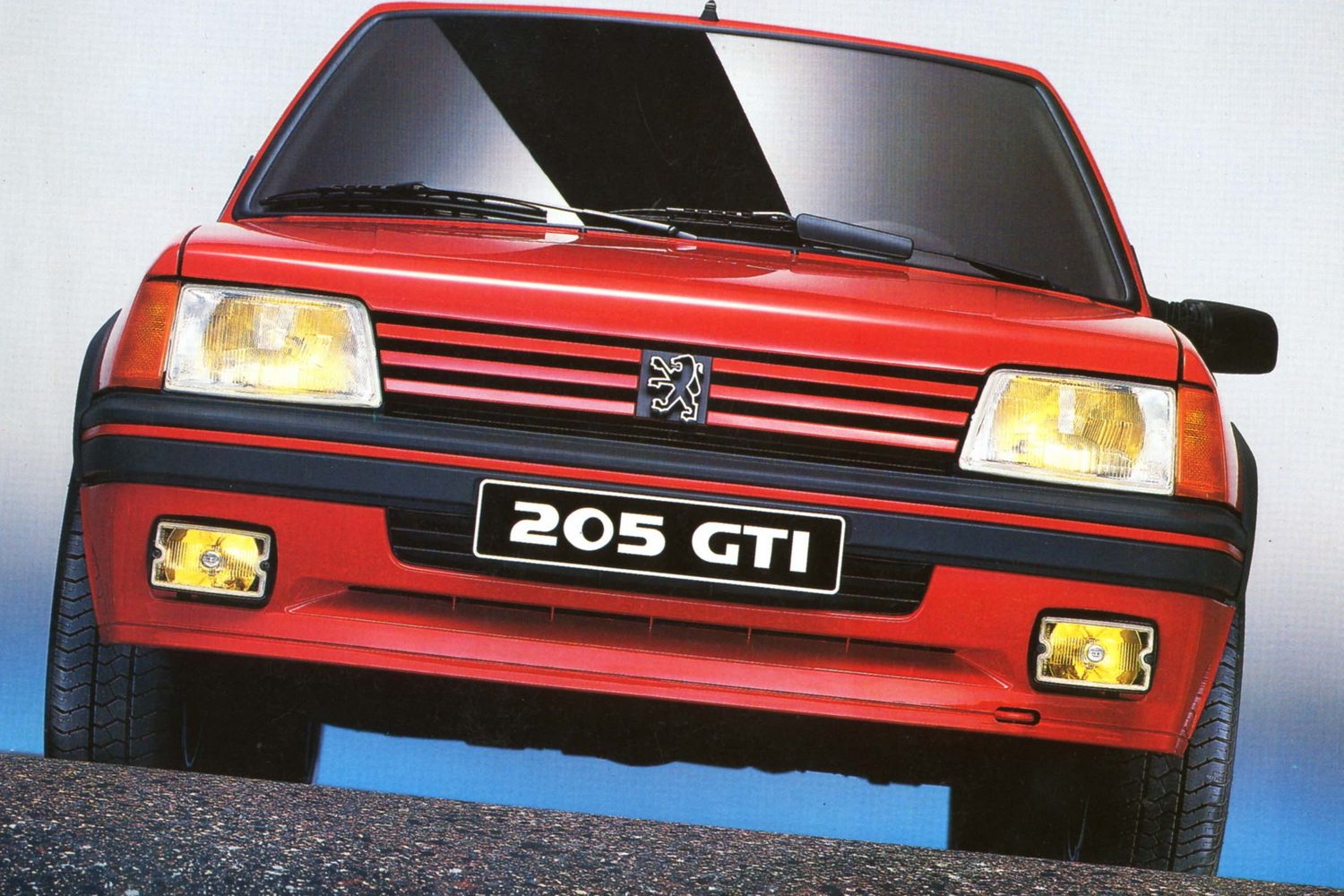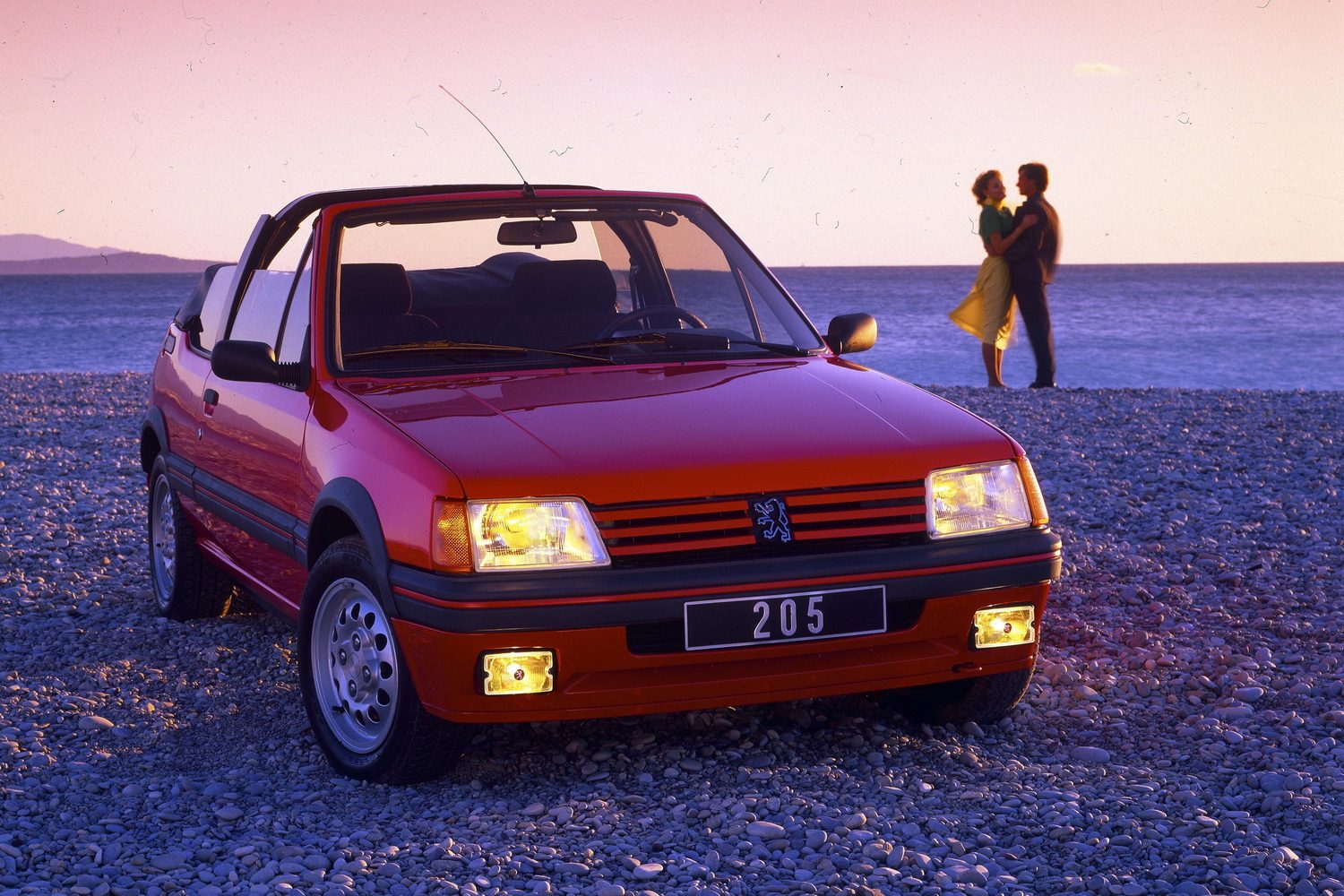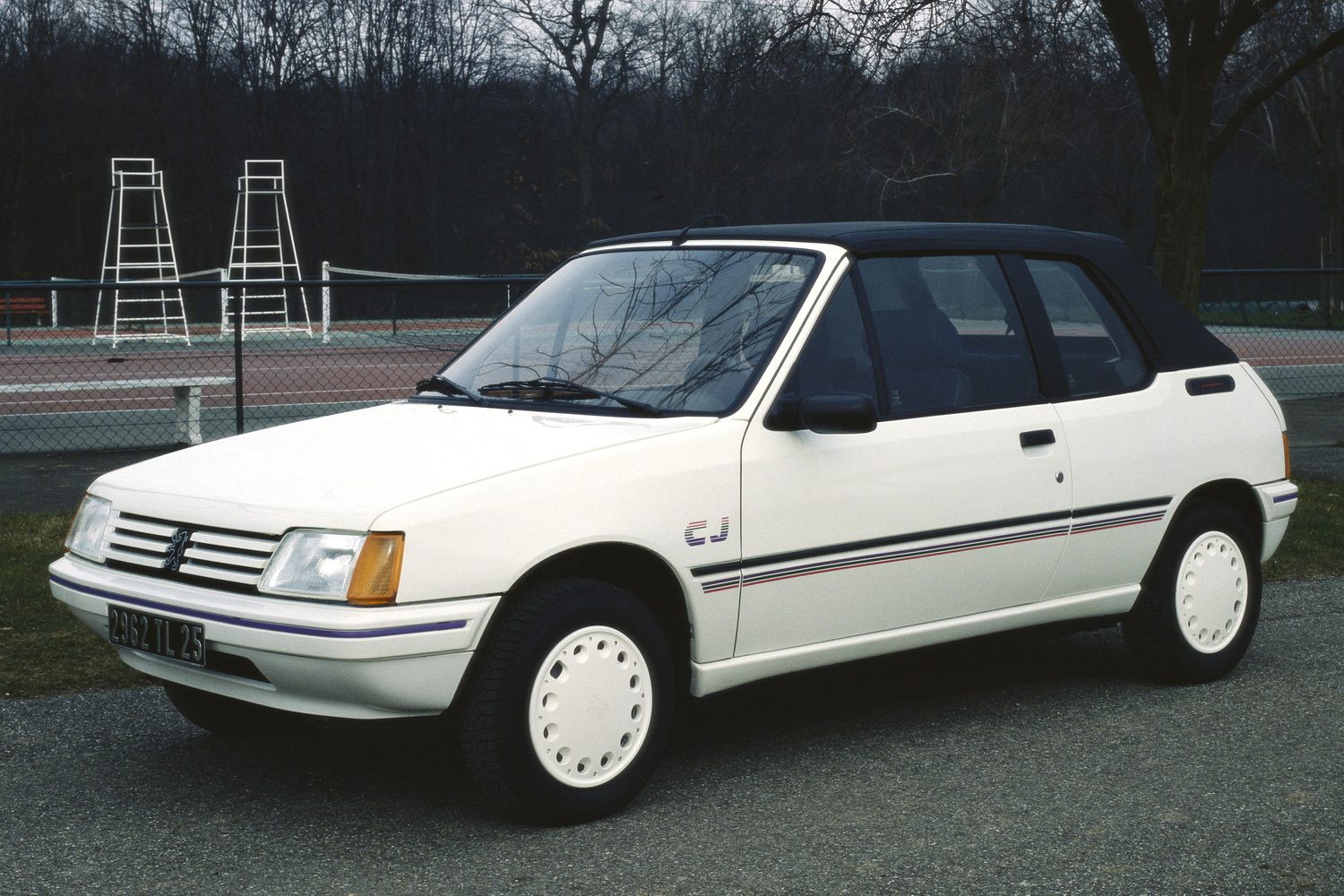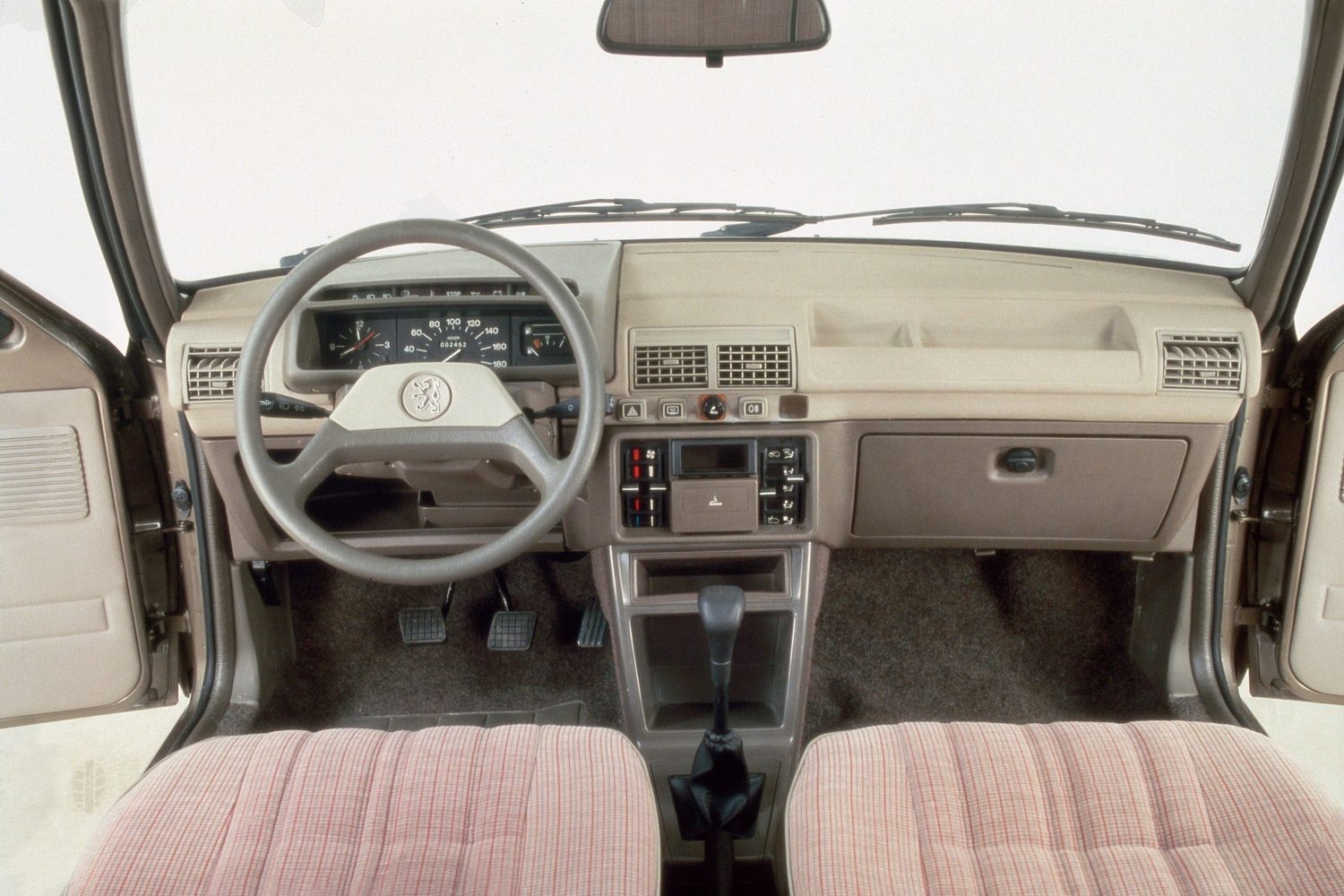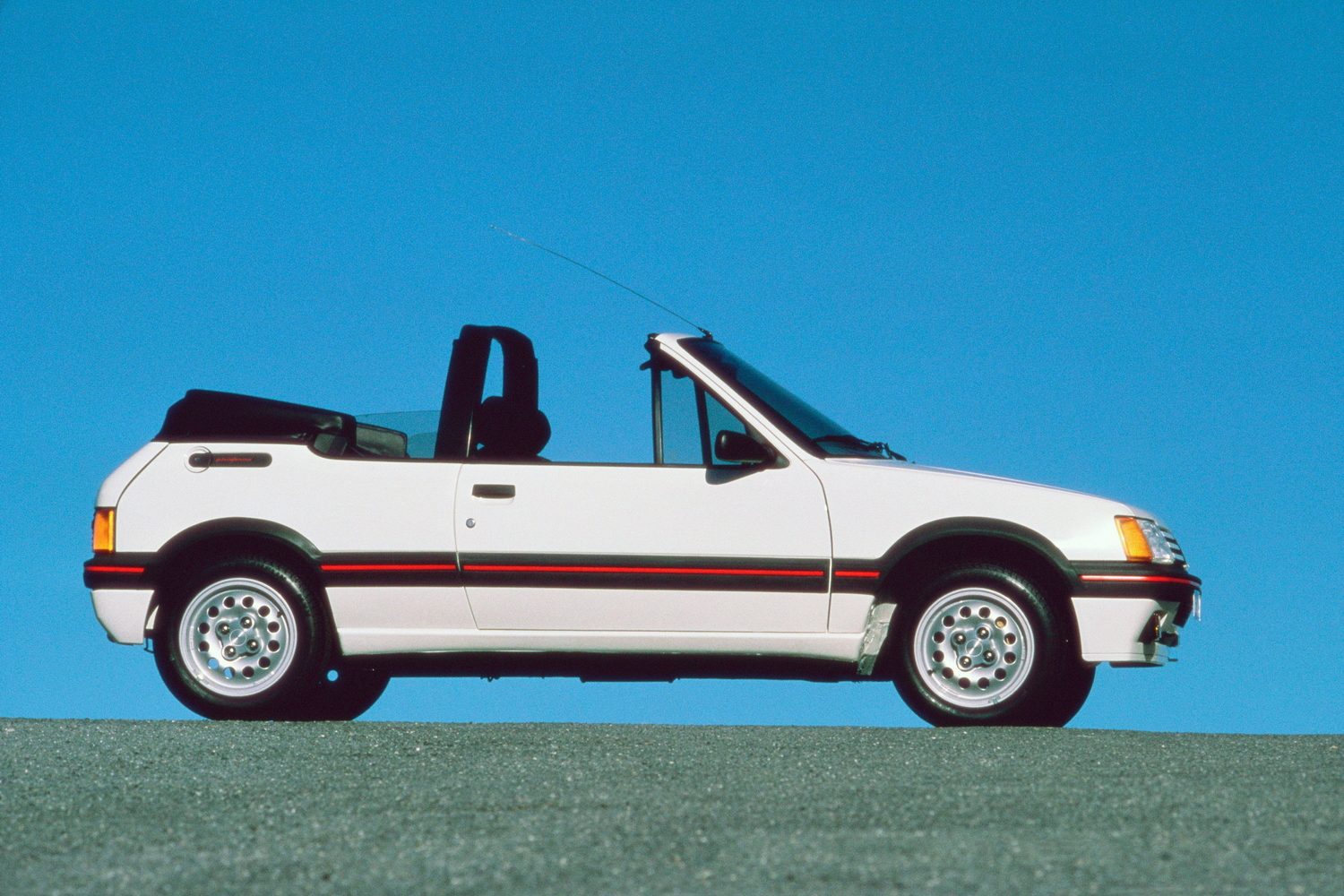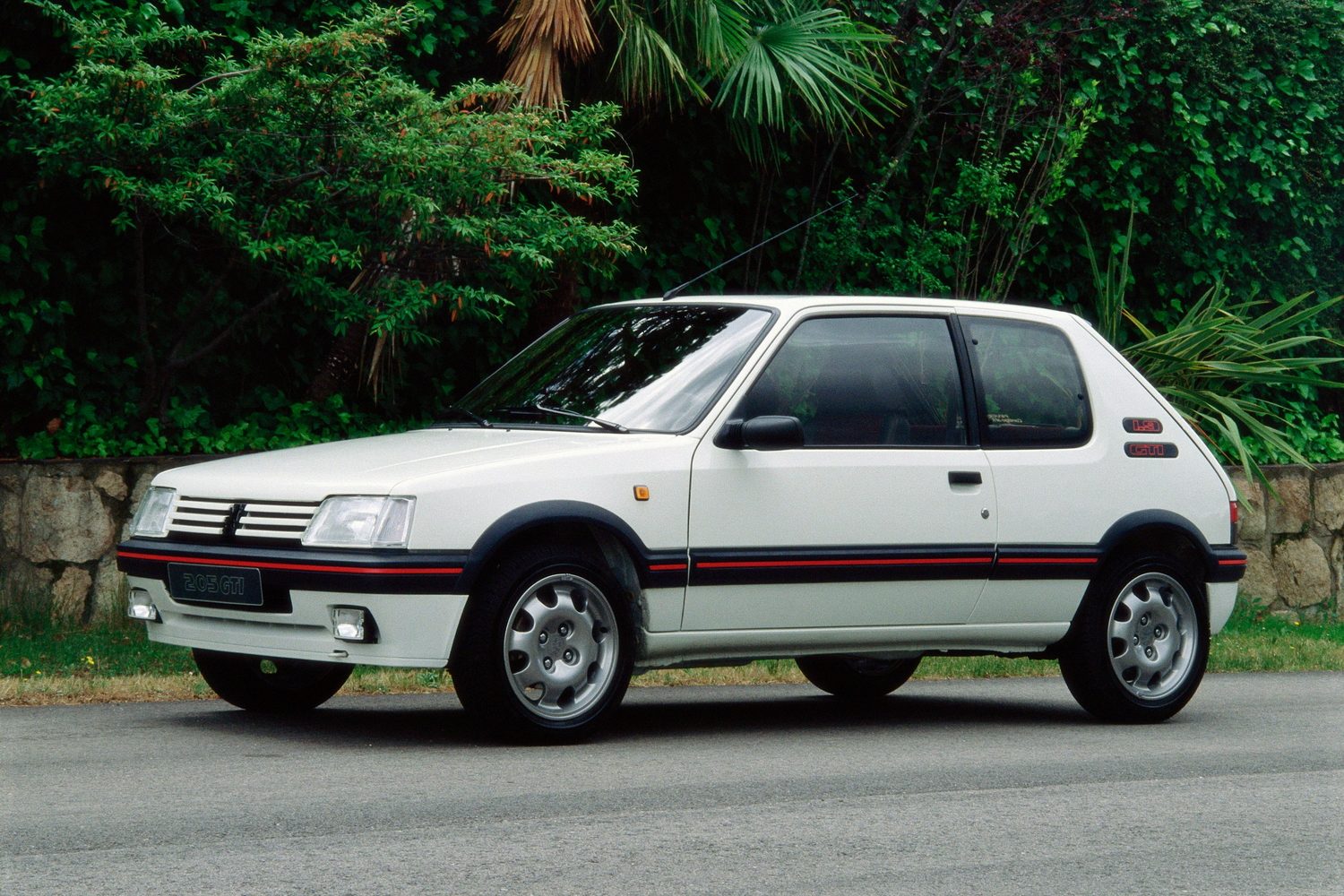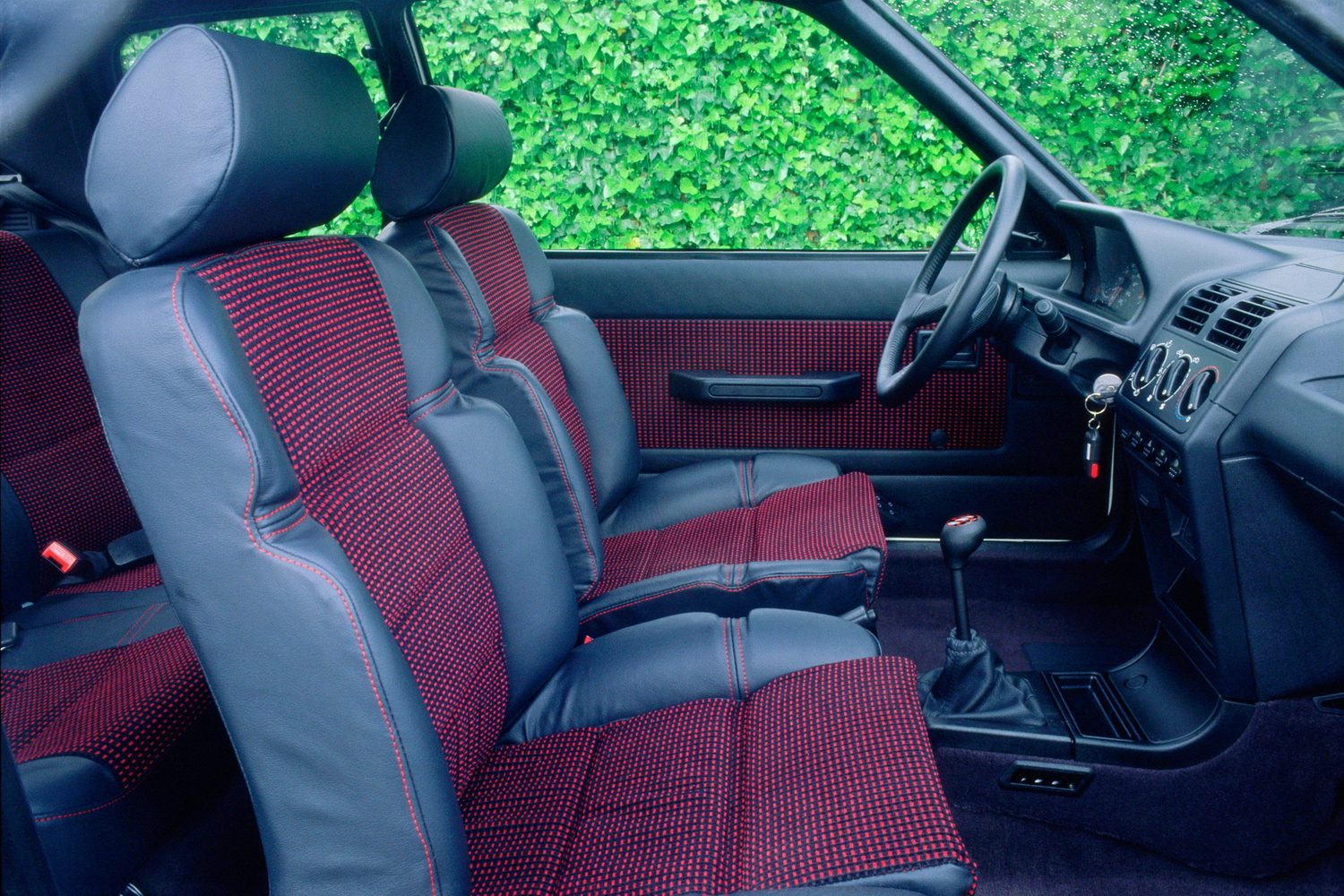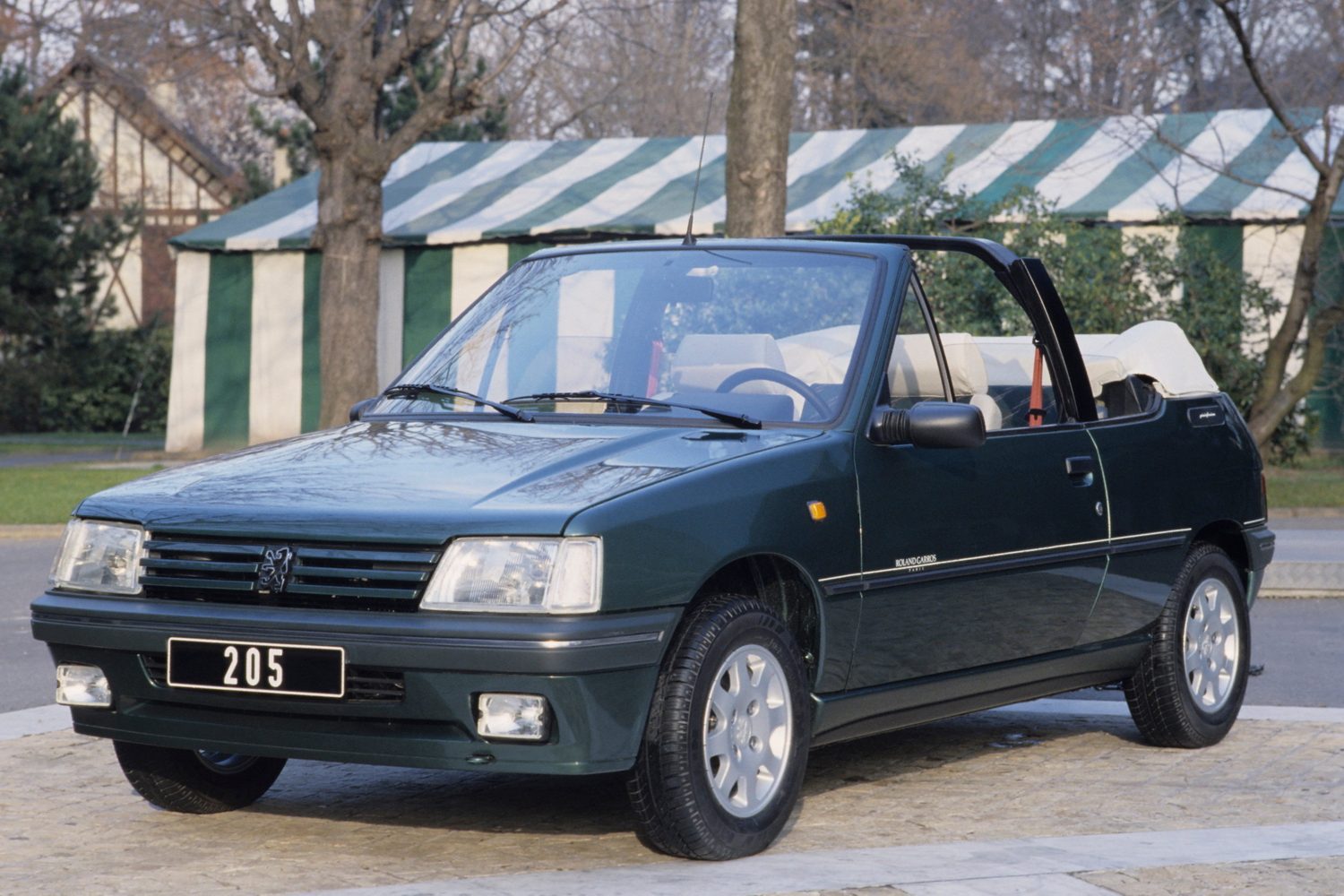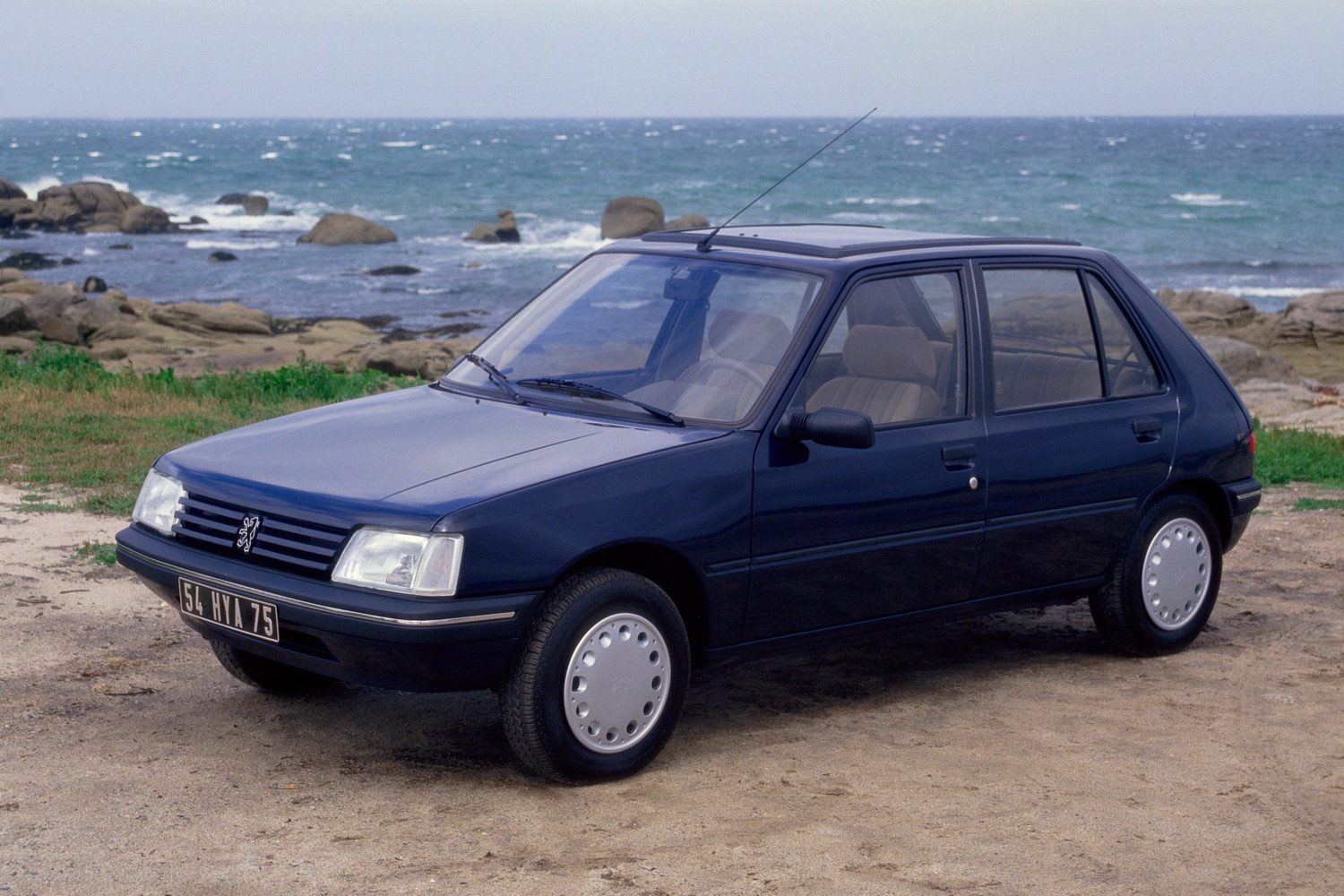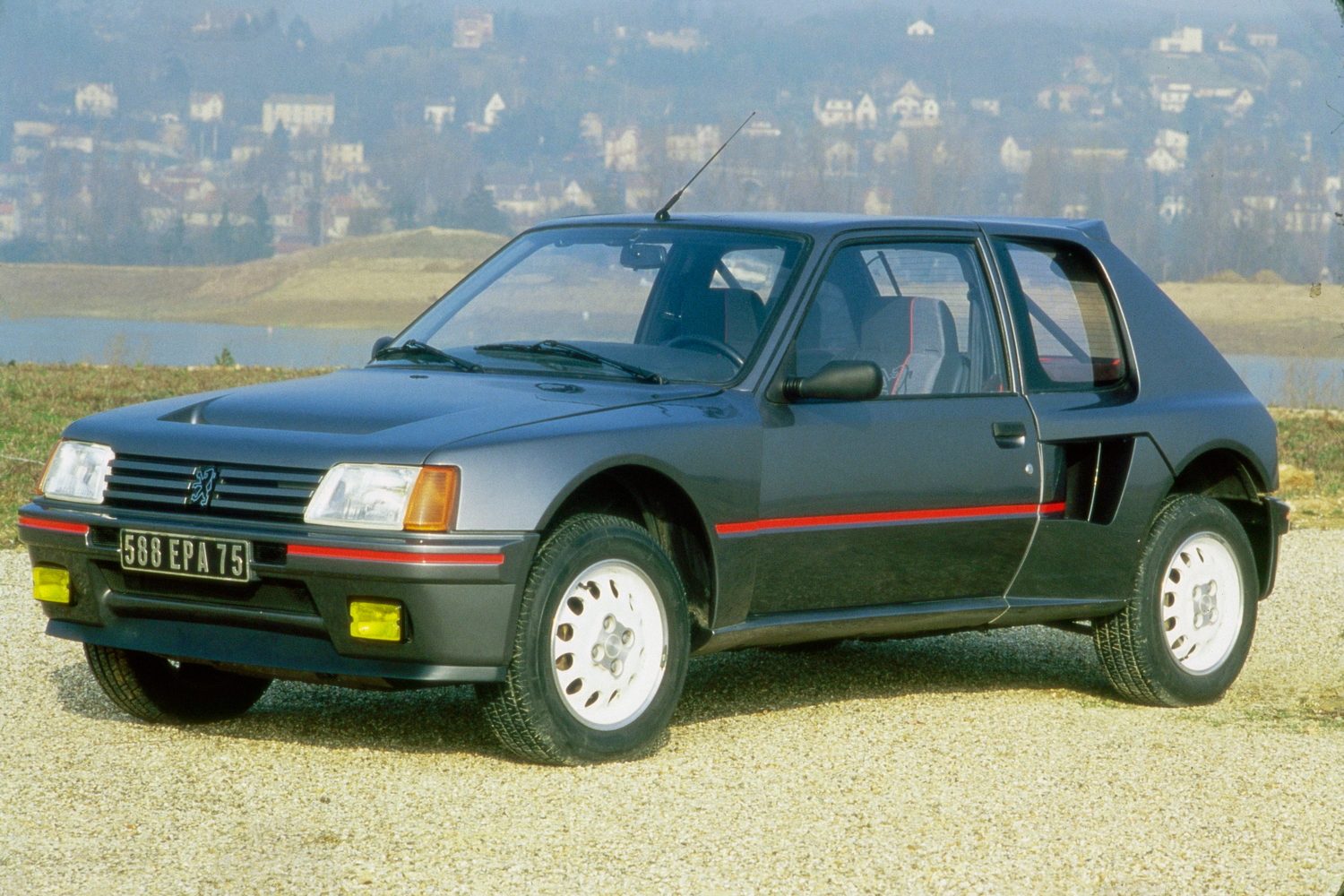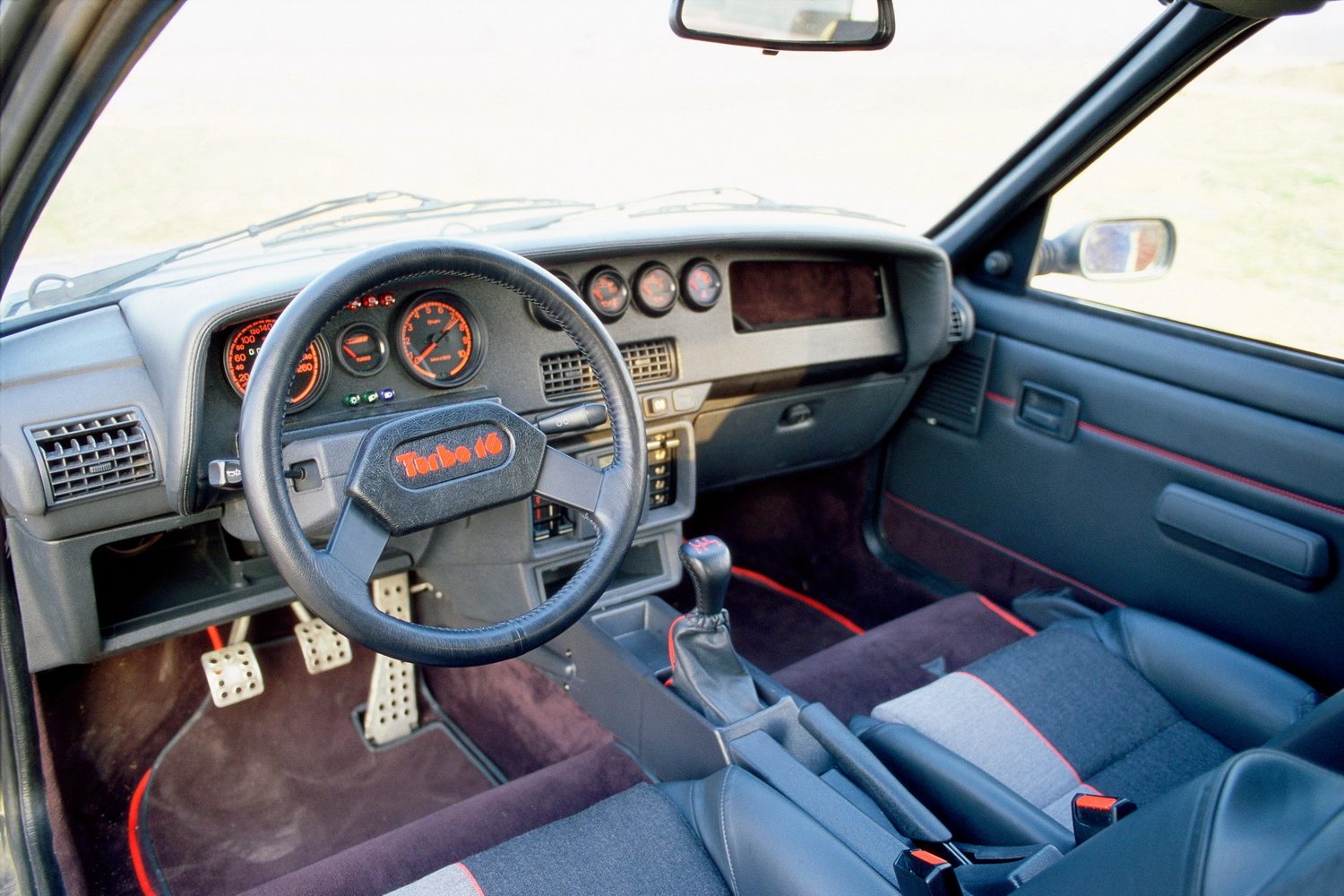The results are often spectacular when the French and the Italians get together. Jean Alesi, for instance, is French by birth, but his birthplace is Corsica, and his mother is Sicilian; his temperament is very Italian. Who can forget his explosive laps for Tyrrell in the 1990 Detroit Grand Prix, passing Ayrton Senna for the lead and re-passing him when Senna tried to assert his primacy?
There have been other great French-Italians, too. For instance, Napoleon Bonaparte was another famous Frenchman from Corsica. Ettore Bugatti left his Italian home of Gioia del Colle to settle in Mulhouse in France before creating some of the greatest and most beautiful cars and racing cars that have ever existed. Even people you might think of as French could have Italian ancestry. Edith Piaf? Her mum was from Livorno. Pierre Cardin? Born in Treviso, and his real first name was Pietro. Michel Platini? Both parents were Italian.
Peugeot and Pininfarina? Another great Franco-Italian collaboration. The work of the great Italian design studio had been filling Peugeot's dealerships for decades, stretching back to the gorgeous Peugeot 404 (a design so nice that Pininfarina decided to, essentially, repeat it for the Austin Cambridge and Morris Oxford...). Pininfarina's Aldo Brovarone - the greatest car designer you've never heard of - had shaped the wondrous Peugeot 504 (still the best-looking four-door saloon of all time; fight me), and so it was natural that for Peugeot's all-important new small car for the 1980s, Pininfarina would be called upon to create the shape.
Natural, yes. But it didn't actually happen. One has to remember the context of this. Peugeot needed a hit by 1983. It was not exactly in the financial doldrums, but Renault was dominating the French market with the outrageously successful R5, and Peugeot seriously needed to hit back. The older 104 small car wasn't selling well enough.
So Peugeot turned to Pininfarina. Create us a truly gorgeous, perfectly proportioned small car, went out the request. Pininfarina responded, and history was made. Except it wasn't - Pininfarina's original design was actually rejected, and Peugeot, in fact, went with a design dreamt up by its in-house styling team, led by Gérard Welter. You can still see Pininfarina's original 205 proposal, as Peugeot has kept a full-size prototype in the company's vast vehicular archive near Sochaux, in south-east France. It's a neat, compact, and angular design which looks smart enough but which you suspect would have become lost amid a sea of similar competitors in the 1980s.
Welter's design, though, was far more than neat - it was downright pretty. In fairness, you can see some Pininfarina influence in the design, lifted from the 1977 305 saloon, but in reality, the 205 was a French inside job. In fairness, Pininfarina pitched in, helping to hone the 205's aerodynamics in its wind tunnel, and would later be responsible for shaping and building the 205 CTI cabriolet.
Initially launched with a range of small engines, stretching from 945cc and 45hp (!) to 1,360cc, the 205 was an immediate hit across Europe. Slightly larger and slightly more luxurious than the big-selling Renault 5, the 205 was an affordable small car that was just a little aspirational. And there was more to come...
Peugeot itself reckons that, if you include one specific model, which we'll come to in a minute, the 205 had one of the largest spreads of power outputs of any car ever built, from that lowly 45hp 945cc engine to... well, to no-one's really quite sure how much. You see, in 1985, Peugeot went rallying with the 205, creating a monstrous mid-engined Frankenstein called the 205 T16. Amped-up by a massive turbocharger, the road-going versions of the T16 (which Peugeot was duty-bound to make 200 of to qualify for the new Group B regulations) had a hefty (for the time) 200hp, but the rallying versions? Who knows? Rules were there to be flouted, and the competition T16 was likely pushed well beyond 500hp - ten times the power output of the original, basic road car.
By then, Peugeot had launched the model that would come to utterly define the 205 - the GTi. Back in the 1980s, you had to have a good hot hatch to look cool (in an automotive manufacturing sense), and the 205 would have some serious rivals in the shape of the all-conquering VW Golf GTI and the flawed but eventually well-sorted Ford Escort XR3i.
By shoving the newly-designed Peugeot 'XU' four-cylinder 1.6-litre engine into the 205 and adding fuel injection, power ballooned to 105hp (hey, it was the eighties, that was a lot). The 205's softly-sprung, long-travel McPherson struts (front) and trailing-arm (rear) independent suspension were ripe for tuning, as was the 205's rack-and-pinion steering, which would become - in GTi form - a benchmark for feel and feedback (even if power assistance was still some way off at the original 1984 GTi launch).
Peugeot would even make the 205 a small screen star with a dramatic James Bond-inspired advert that saw a 205 GTi parachute onto a frozen Alpine landscape while escaping from marauding fighter jets and Hercules transport aircraft. It's the kind of big-budget, literally explosive TV ad that they don't make anymore, and was directed by Gérard Pirès, who a few years later would go on to direct that other great French car chase movie, Taxi (which, of course, also starred a Peugeot - a 406 saloon).
Next, Peugeot would ignite endless car-nut debates by launching a second GTi model - the more powerful, 130hp 1.9-litre version. Clearly, more power is better, but there is a cadre of enthusiasts who reckon that the 1.6 GTi is superior because it's faster revving and more responsive, while the 1.9 is more of a lazy torque-fest (relative terms, here). Either way, the combo of high speeds and that trailing-arm rear suspension made the 205 GTi famous for its sudden lift-off oversteer, which - in legend if not necessarily in fact - put more than a few unsuspecting souls backwards through hedges.
If you couldn't afford a GTi, there was always the XS, which used a GTi-ish bodykit but came with humbler engine options. There was also the famous 205 Rallye, which squeezed 100hp from a modified 1.3-litre engine and, from which, almost all weight had been stripped - no radio, no sound insulation, even the rear ashtray had gone in the bin. Think of it as a 205 equivalent to the Porsche 911 GT3, and you're on the right track. In fact, a good Rallye could be even more fun to drive than the Porsche...
The 205 had other engine innovations up its sleeve. From the get-go, it had been offered with a diesel engine, That original 205 GRD had developed a mere 60hp and would take a glacial age to reach 100km/h, but there was much better to come. Later diesel developments would add turbos, power, torque, and performance culminating in the XRAD engines, which could humble even the GTi in an in-gear drag race. The 205 certainly helped to popularise and mainstream diesel power in the eighties, for which you can either thank or pillory it.
By the early 1990s, the 205 was still going strong and had even been given a new dashboard to replace the cheap and nasty original design, but clearly, its days were numbered. Will millions sold and the halo effect of the GTi still shining, Peugeot struggled to replace it. In fact, initially, it didn't - when the 205 finally left production, it was replaced by two cars; the smaller 106 and the larger 306. These were excellent cars, but they never quite captured the original 205 magic, nor did the subsequent 'true' 205 replacement, the 206 (even if it sold exceptionally well).
Forty years on, the 205 is still a talisman for the Peugeot brand, and sometimes an awkward one. Hardly a new Peugeot launch goes by these days without some wistful, starry-eyed musings that the latest car never feels as sharp nor as rewarding as a 205. A Peugeot engineer once privately groused to me about the 205 effect, saying that if they built a car today with the 205's hair-trigger lift-off oversteer, the company would be bankrupt in a year with all the lawsuits...
Be that as it may, as it enters its fifth decade, the 205's place as an icon of motoring history is secure. As adept at dominating the rally stage as it is ambling into town for a café noir and a noisette, it will long be remembered as a defining car for Peugeot. Just don't call it Italian...

